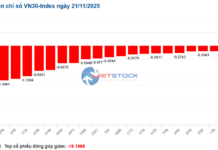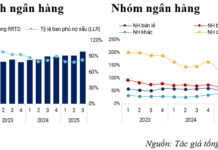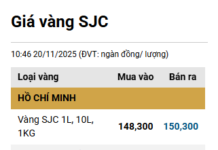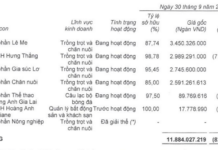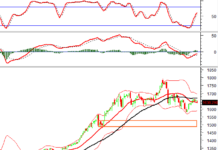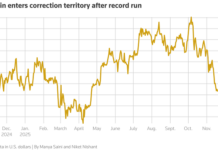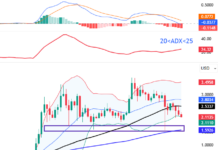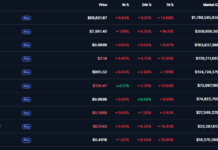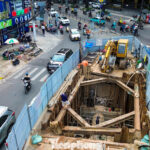According to Forbes, Apple has sent out invites for its highly anticipated event—the launch of the iPhone 16, along with new Apple Watch and AirPods models—scheduled for 10 a.m. on September 9 (or midnight on September 10 in Vietnam) at the Steve Jobs Theater in Apple’s headquarters in Cupertino, California.
This event marks one of the most significant occurrences in global technology towards the end of the year and is a strategic move by Apple to boost its financial year sales. It also raises questions about Apple’s production strategies amidst recent disruptions in the supply chain.
According to Nikkei sources, Apple has commenced mass production of its new iPhone lineup, including the Pro models, in India, just days after starting production of these premium devices in China. If true, this highlights the tech giant’s efforts to establish a supply chain outside of Asia’s largest economy.
Nikkei’s sources revealed that apart from Apple’s urgent move to mitigate geopolitical instability, this shift also reflects the technological advancements India’s supply network has achieved in recent years.
Previously, China manufactured the latest and premium iPhone models, while Indian suppliers received orders for lower-tier or older versions. However, this changed as Apple sought greater supply chain resilience.
Per supply chain checks, approximately 30 million iPhones were assembled in India last year, and around 18 million were produced in the first half of 2024 alone. These devices are not only for the Indian market but are also exported, mainly to the US.
“India is an extremely exciting market for us and a key focus,” affirmed Tim Cook.
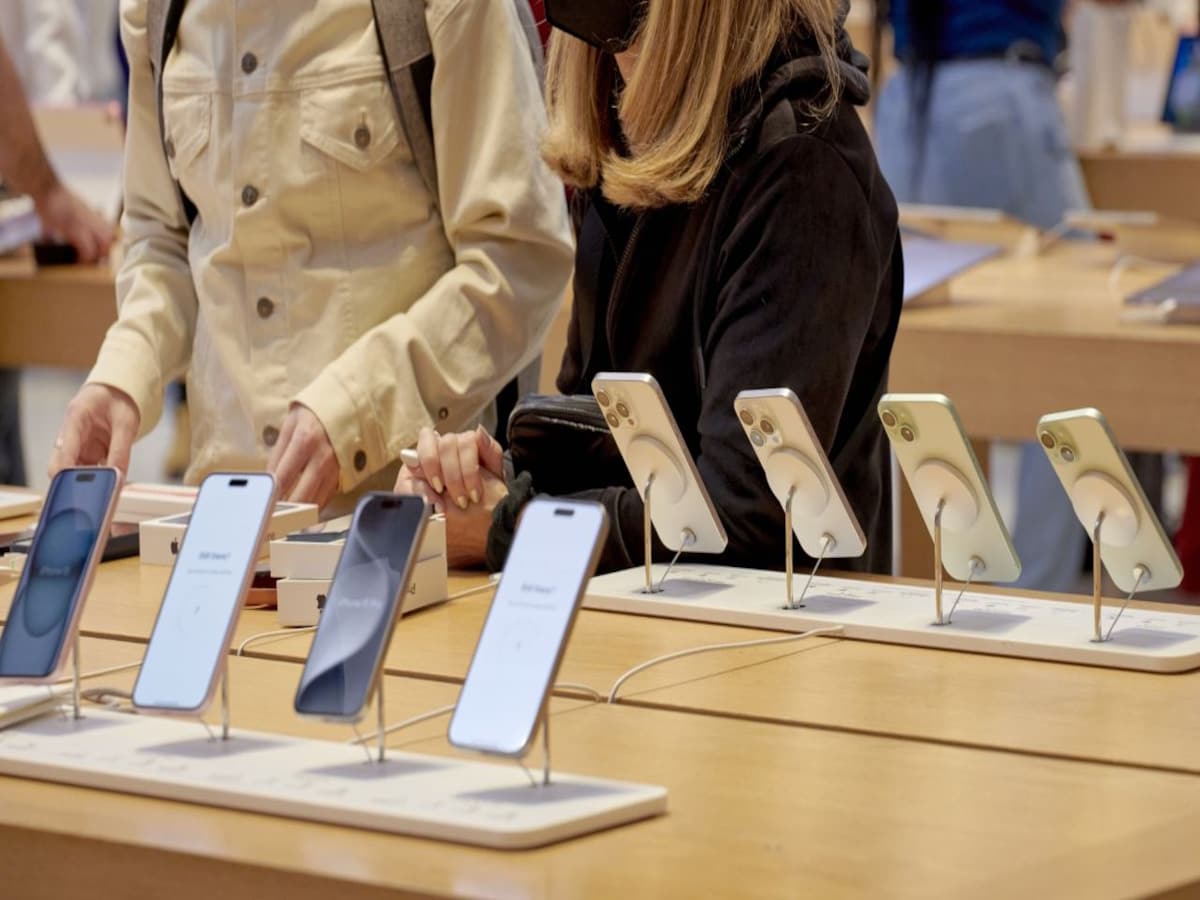
Ivan Lam, an analyst from Counterpoint Research, stated that India has benefited from being one of the primary smartphone assembly locations outside of China. Many prominent brands are diversifying their production and tapping into the Indian market.
“However, in the next few years, India’s growth will mainly be limited to final product assembly,” said Lam. “The production of higher-value electronic and mechanical components remains concentrated in China. Despite India’s progress, its efficiency, infrastructure, and workforce are not yet on par with China.”
There is evidence that the transition has not been entirely smooth. Sources indicate that while significant achievements were made this year, most recent iPhone models are still largely assembled in China due to a longer learning curve and slower-than-expected transfer of component suppliers to India. They also mentioned that importing personnel and equipment from China is subject to stricter scrutiny, making diversification more challenging.
“During product launches, Apple tends to prioritize supply chain stability. The majority of the highest-end iPhone models are allocated in China to ensure a smooth supply chain ahead of Black Friday,” a supply chain executive told Nikkei Asia.
Young Liu, chairman of Foxconn, Apple’s primary iPhone supplier, recently affirmed the company’s performance in India, stating that overall production efficiency in the country is “definitely higher than 50%.” This statement comes after media reports suggested lower figures. Liu added that Foxconn would have left the country if the efficiency were as low as reported but did not provide specific numbers.
Amid intensifying competition in China, Apple has shifted its focus to the massive Indian market, where the company recorded a 19% year-over-year growth in shipment volume in the first quarter of 2024. Apple also generated record revenue in India in the quarter ending March 30. In the premium segment—where phones cost more than $800—Apple dominates with a 69% market share, compared to Samsung Electronics’ 31%.
Apple has not responded to requests for comments on this matter.
Source: Nikkei

